
Photo by Mr.TinDC
As part of an ongoing bid worldwide to make bike share accessible to everyone – including those who don’t have a credit card or the ability to fork out $100 for a membership – Washington D.C.’s Capital Bike Share has recently announced the introduction of a $5 annual membership for low-income residents. The Capital is the third U.S. city to do so, following in the footsteps of both Boston and Chicago, who enacted similar schemes in the last few years.
“Capital Bikeshare’s Community Partners program was created to put low-cost memberships into the hands of those most in need of affordable transportation options,” says the company website. The program offers the steeply discounted memberships – $5 compared to the regular $85 – to community partners such as non-profits, government agencies, and social services organizations to offer to their clients.
The program is impressive not only for the enormous discount offered to low-income residents, but in the comprehensive approach they’ve taken to ensure participants will be supported at every level. The nearly-free membership is accompanied by a free helmet, an introduction to bike share and station use, and How-To-Ride classes with the Washington Area Bicyclists Association. Since the memberships are offered through partner organizations rather than direct-to-consumer, it eliminates the requirement for potential members to have access to a credit card.
The Community program members also get an increase in their per-trip ride time from the usual 30 minutes up to 60 minutes, a benefit that would allow bike share to actually serve as a viable transportation option for participants. People in poor and minority communities tend to live farther from their work than their more affluent neighbors, so the increased ride time could in many cases eliminate the need for participants to also take other forms of transit to complete their commute.
The cost of one-way bus fare in the capital is $1.75. The ride share membership would save each participant $638.75 over the course of a year if they used it to replace one bus trip per day.
While bicycling and bike share are the lowest-cost transportation options aside from walking, the cost of outright purchasing a bike or bike share membership can unfortunately still be prohibitive for many people. The result is that many people end up using public transit, which has a much lower initial cost but a much larger one in the long term. It’s inspiring to see programs such as this which seek to eliminate the barriers preventing many people from accessing healthy, affordable transportations.
Though public bike share systems have exploded in popularity around the world, most of the systems in the US have struggled to attract a diversity of users. As a Vox article from last year points out, bike share users are overwhelmingly white, educated, and affluent in cities where the majority of residents are not. The article outlines a number of theories for this disparity, including an initial tendency to install docking stations in wealthy neighborhoods rather than poor ones, not enough bike share bikes to make the system viable for people on tight deadlines, or a simple lack of enthusiasm among low-income communities about bicycling in general. “But among the lower-income bicyclists she’s surveyed, she says, ‘a lot of them were on a trajectory towards car ownership. If you’re struggling, you might not have access to a car right now, but it’s certainly what you’re working toward.’ Borrowing a friend’s bike or buying a cheap one might be a short-term transportation solution, but that doesn’t mean investing in a bike share membership is particularly appealing,” the author writes.
This last issue deserves attention. While those of us who already bike are enthusiastic about anything that brings the benefits of bicycling to more people, it’s important to remember that many people still don’t want to ride. Cultural attitudes and feelings about bicycling are not uniform, but many people in low-income and minority communities don’t see bicycling as something to aspire to, rather just a necessary stepping stone on the path to car ownership.
The Community program at Capital Bikeshare may not do much to overturn long-standing cultural attitudes about bicycling. It may indeed just be a stepping stone for most of its users, but by offering the community a more level playing field in access to transportation, it could turn even a few people on to the idea of bicycling for transportation, and it certainly won’t do any harm.
Get your FREE copy of our new guide: Momentum Mag's E-Bike Guide
In this guide we explore some of the different ways an e-bike can provide solutions for different users, outline the different types of e-bikes available, give a briefer on the technological components, and offer some advice on purchasing your own electric bicycle.
Thank you for your submission. Please check your inbox to download the guide!


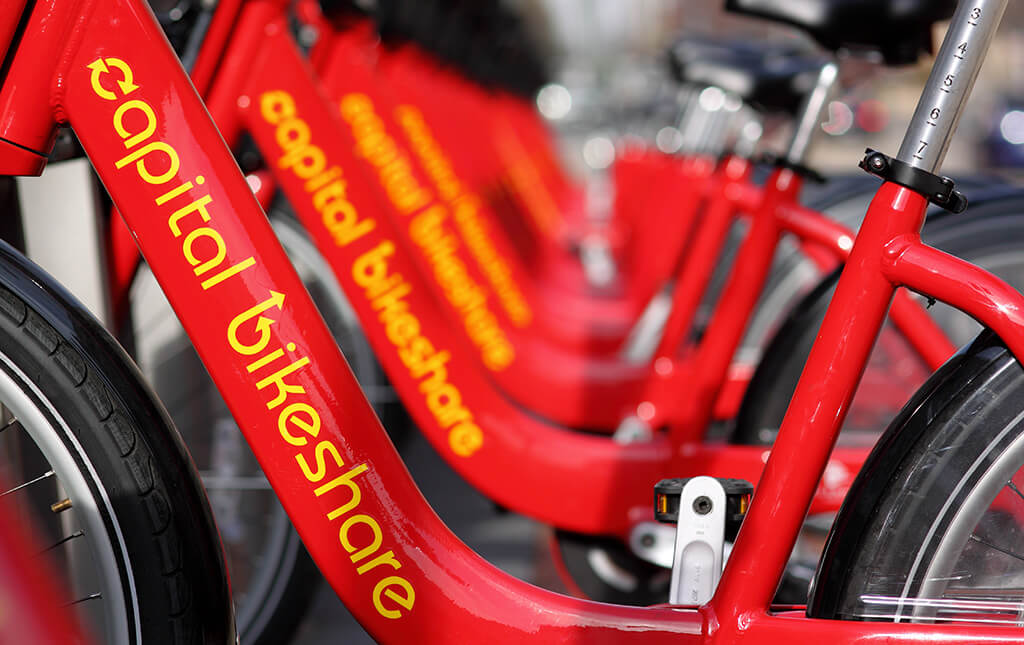
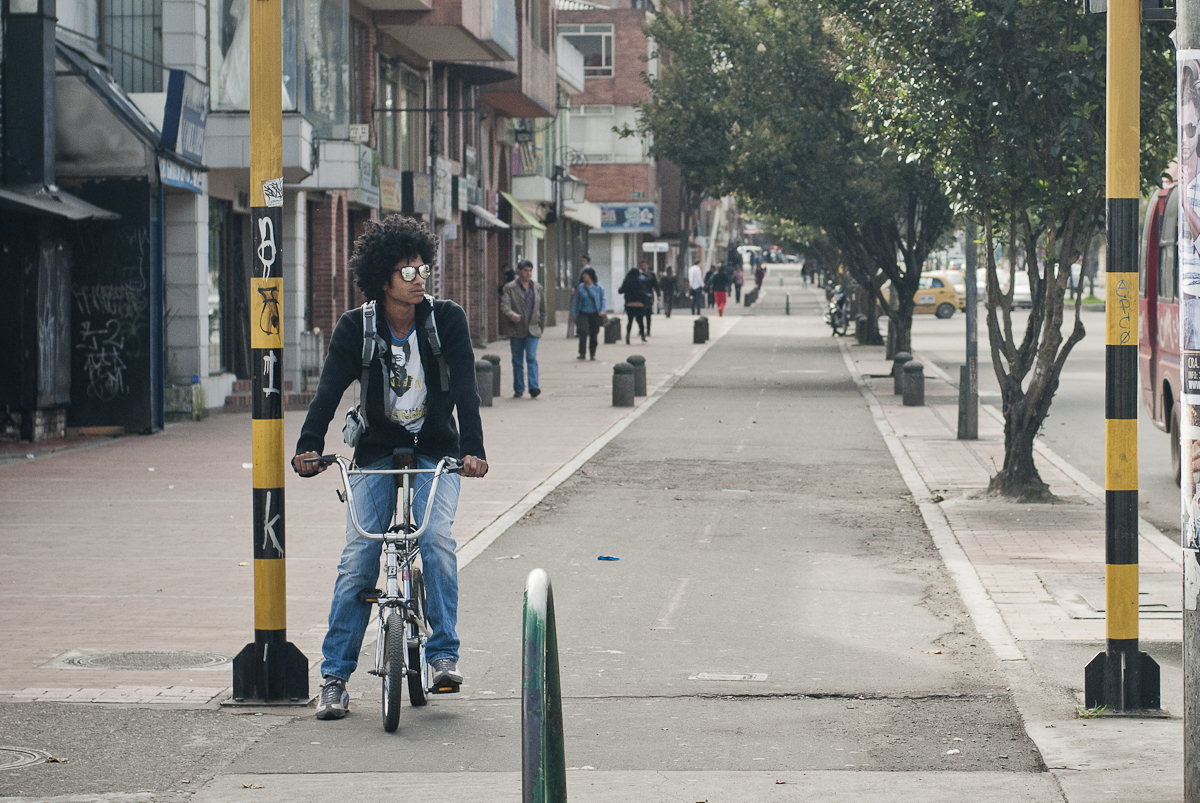

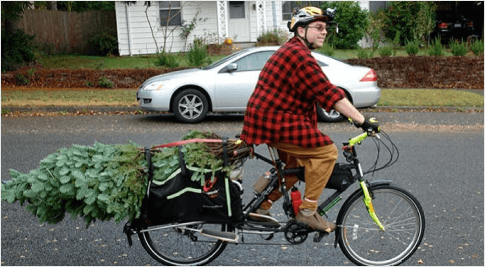

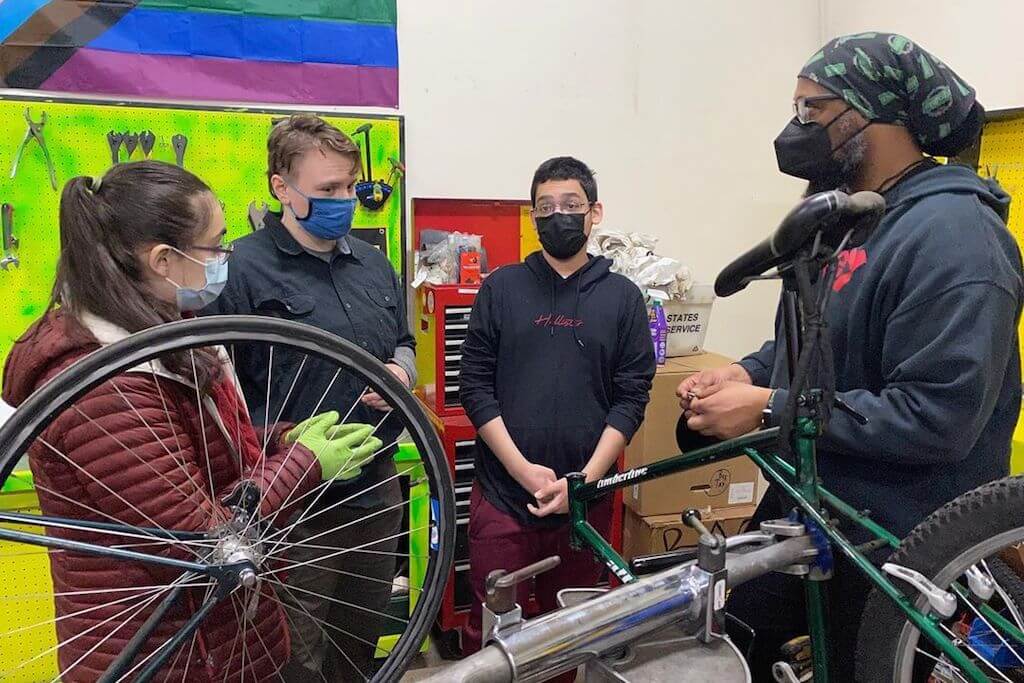
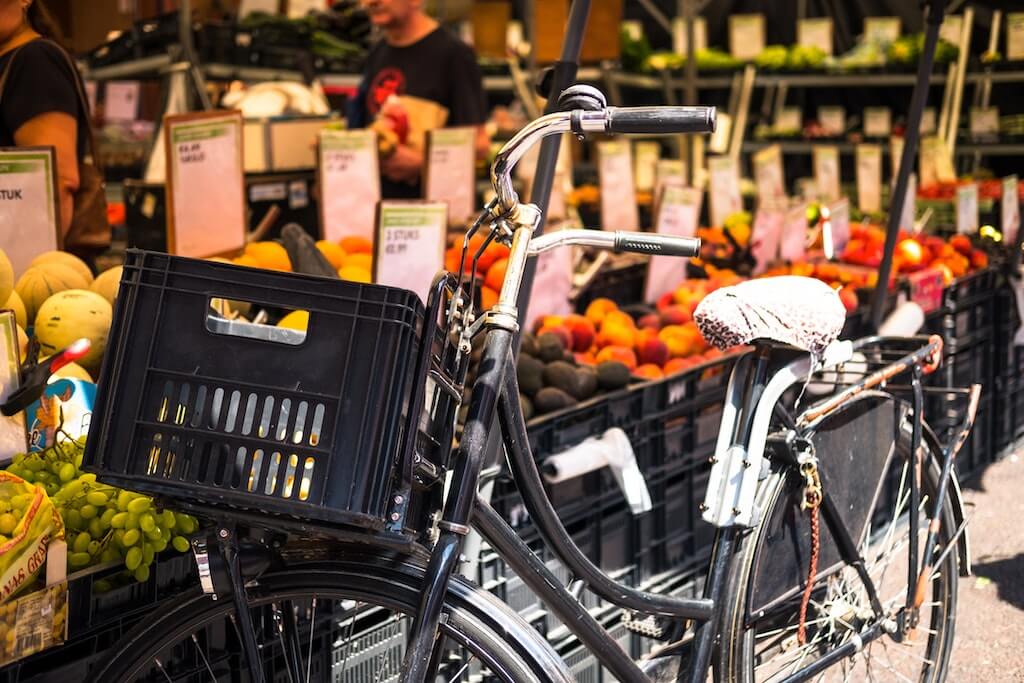

marvelous idea! pay it forward, or in this case RIDE IT FORWARD!
Comments are closed.